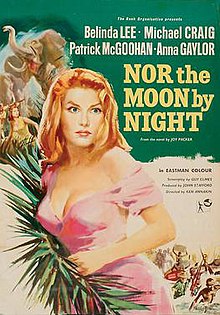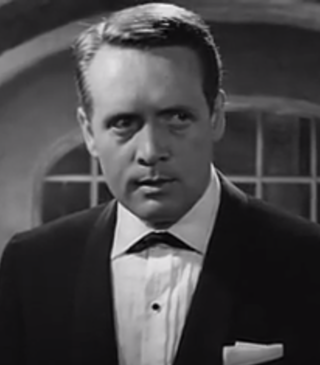
Patrick Joseph McGoohan was an American-born Irish actor, director, screenwriter, and producer of film, television, and theatre. Born in New York City to Irish parents, he was raised in Ireland and England, began his career in England during the 1950s and became well known for the titular role, secret agent John Drake in the ITC espionage programme Danger Man (1960–1968). He then produced and created The Prisoner (1967–1968), a surrealistic television series in which he featured as Number Six, an unnamed British intelligence agent who is abducted and imprisoned in a mysterious coastal village.
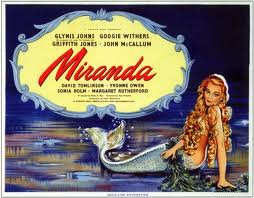
Miranda is a 1948 black and white British comedy film, directed by Ken Annakin and written by Peter Blackmore, who also wrote the play of the same name from which the film was adapted. The film stars Glynis Johns, Googie Withers, Griffith Jones, Margaret Rutherford, John McCallum and David Tomlinson. Denis Waldock provided additional dialogue. Music for the film was played by the London Symphony Orchestra, conducted by Muir Mathieson. The sound director was B. C. Sewell.

Ice Cold in Alex is a 1958 British war film set during the Western Desert campaign of World War II based on the novel of the same name by Christopher Landon. Directed by J. Lee Thompson and starring John Mills, the film was a prizewinner at the 8th Berlin International Film Festival. Under the title Desert Attack, a shortened, 79-minute version of the film was released in the United States in 1961. Film critic Craig Butler later referred to the shortened versions as nonsensical.

The Story of Robin Hood and his Merrie Men is a 1952 action-adventure film produced by RKO-Walt Disney British Productions, based on the Robin Hood legend, made in Technicolor and filmed in Buckinghamshire, England. It was written by Lawrence Edward Watkin and directed by Ken Annakin. It is the second of Disney's complete live-action films, after Treasure Island (1950), and the first of four films Annakin directed for Disney.
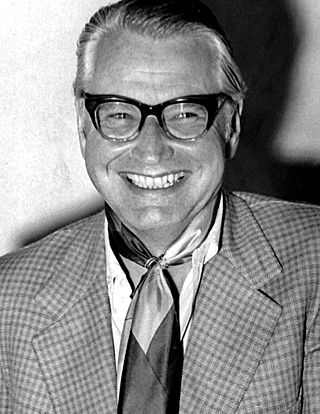
Kenneth Cooper Annakin, OBE was an English film director.

Belinda Lee was an English actress.
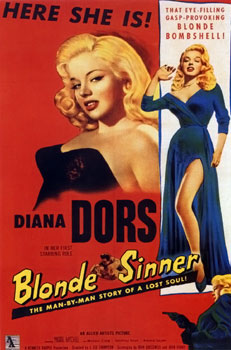
Yield to the Night is a 1956 British crime drama film directed by J. Lee Thompson and starring Diana Dors. The film is based on the 1954 novel of the same name by Joan Henry.
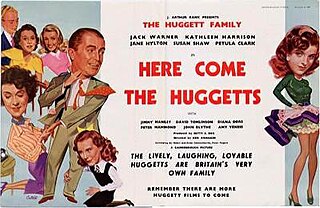
Here Come the Huggetts is a 1948 British comedy film, the first of the Huggetts series, about a working class English family. All three films in the series were directed by Ken Annakin and released by Gainsborough Pictures.
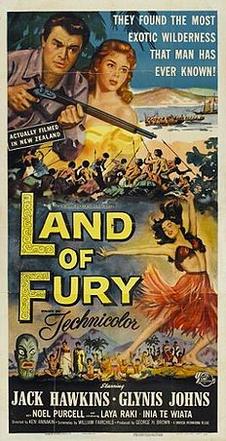
The Seekers is a 1954 British-New Zealand adventure film directed by Ken Annakin. It starred Jack Hawkins, Glynis Johns, Noel Purcell, and Kenneth Williams. The film was produced by the Rank Organisation and was shot at Pinewood Studios with location shooting around Whakatāne. The film's sets were designed by the art director Maurice Carter with costumes by Julie Harris. It was the first major international studio film shot in New Zealand. The film was adapted from the novel The Seekers by New Zealander John Guthrie. It was released in the United States by Universal Pictures as Land of Fury.
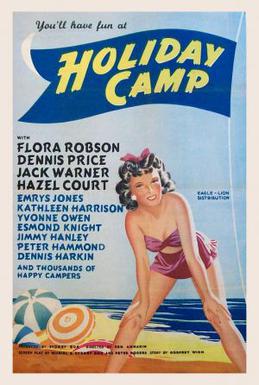
Holiday Camp is a 1947 British comedy drama film directed by Ken Annakin, starring Flora Robson, Jack Warner, Dennis Price, and Hazel Court, and also features Kathleen Harrison and Jimmy Hanley. It is set at one of the then-popular holiday camps. It resonated with post-war audiences and was very successful. It was the first film to feature the Huggett family, who went on to star in "The Huggetts" film series.

You Know What Sailors Are is a 1954 British comedy film directed by Ken Annakin and starring Donald Sinden, Michael Hordern, Bill Kerr, Dora Bryan and Akim Tamiroff. The screenplay by Peter Rogers was based on the 1951 novel Sylvester by Edward Hyams. It was shot at Pinewood Studios and on location around the Isle of Portland. The film's sets were designed by the art director George Provis.
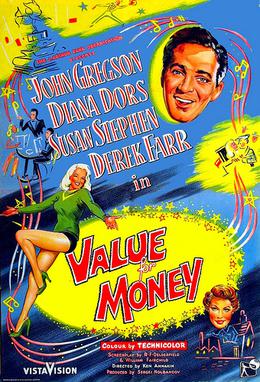
Value for Money is a 1955 British comedy film directed by Ken Annakin and starring John Gregson, Diana Dors, Susan Stephen and Derek Farr. It is based on the 1953 novel of the same name by Derrick Boothroyd.

Double Confession is a 1950 British crime film directed by Ken Annakin and starring Derek Farr, Joan Hopkins, William Hartnell and Peter Lorre. The screenplay by William Templeton is based on the novel All On A Summer's Day by H.L.V. Fletcher, written under the pen name John Garden.
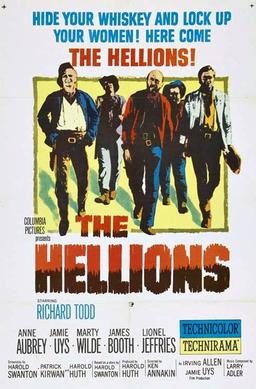
The Hellions is a 1961 British adventure film directed by Ken Annakin starring Richard Todd, Anne Aubrey, Lionel Jeffries, Ronald Fraser and Colin Blakely that was set and filmed in South Africa.
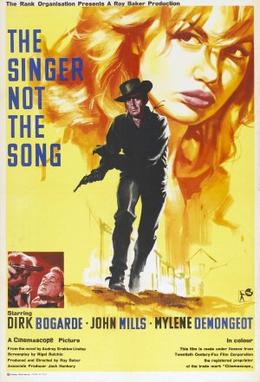
The Singer Not the Song is a 1961 British Western film based on the 1953 novel of the same title by Audrey Erskine Lindop that was directed by Roy Ward Baker and filmed in Spain. It stars Dirk Bogarde, John Mills, and Mylène Demongeot.
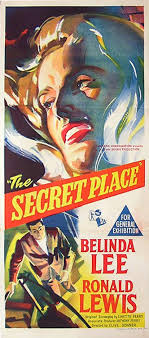
The Secret Place is a 1957 British crime film that was the directorial debut of Clive Donner. It stars Belinda Lee, Ronald Lewis, and David McCallum.
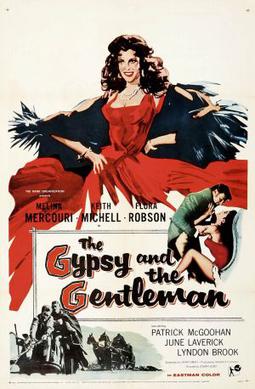
The Gypsy and the Gentleman is a 1958 British costume drama film directed by Joseph Losey. It stars Melina Mercouri and Keith Michell.

Miracle in Soho is a 1957 British drama film directed by Julian Amyes and starring John Gregson, Belinda Lee and Cyril Cusack. The film depicts the lives of the inhabitants of a small street in Soho and the romance between a local road-builder and the daughter of Italian immigrants.
Love Now, Pay Later is a 1959 West German drama film directed by Rudolf Jugert and starring Belinda Lee, Walter Rilla and Karl Schönböck. It was inspired by the life and death of Rosemarie Nitribitt.

The Big Money is a 1958 British comedy film directed by John Paddy Carstairs and starring Ian Carmichael, Belinda Lee and Kathleen Harrison.
